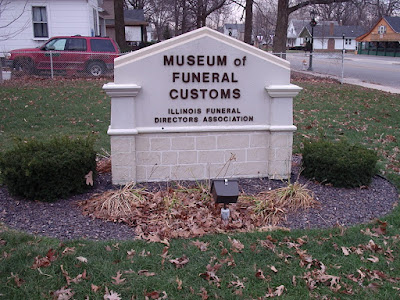 |
| Photo by WikiMedia Commons |
The mid 1800's wave of settlers moved into an Illinois that was still quite primitive. Until the Black Hawk War in 1832, native peoples farmed, hunted and lived on the prairies, but there were very few settlements of Europeans. Chicago itself wasn't even founded until 1833 and it only had about 200 inhabitants at the time. Since there were few places to buy food, settlers needed to bring provisions with them or grow it themselves.
Many settlers arrived by schooner through the Great Lakes, and they had to wait until the ice melted before setting sail which could be as late as April or May. If they walked across the country, they still had to wait for the worst of the thaw to be over so that the wagons could get through the mud and swollen streams.
Either way, settlers simply couldn't arrive at their Illinois destinations in time for spring planting. Even if they were able to protect seedling crops during midsummer's blistering heat, there wasn't enough time for most crops to ripen before the first frost.
The rutabaga, however, was one crop they could plant. Considered a "winter vegetable," rutabagas prefer the coolness of autumn and many claim they taste sweeter after a frost. Both the greens and the roots are edible and the roots keep well for a long period of time.
The folks from Naper's Settlement arrived in mid-July. No doubt they brought as many provisions as possible with them but it is also recorded that they planted rutabagas soon after they settled in order to make it through that first winter.


